Chinnereth, Tel
RENEWED EXCAVATIONS
During 1994–1999, the second phase of excavations was conducted at Tel Chinnereth (Tell el-‘Oreimeh) on behalf of the German School of Archaeology in Jerusalem. Work concentrated on the slopes of the mound, revealing remains of the Early Bronze Age, Middle Bronze Age IIC/Late Bronze Age I, and Iron Age I. The work was directed by V. Fritz. The seminar of the Protestant church in Wuppertal and the Universities of Bern (Switzerland) and Helsinki (Finland) participated in the project from the fifth to the ninth seasons.
EXCAVATION RESULTS
THE EARLY BRONZE AGE I AND II. No architectural remains of the Early Bronze Age I were discovered, but pottery of that period appeared in many squares. At the foot of the mound, underneath the street dated to the Ottoman period, a house of the Early Bronze Age II (stratum IX) was uncovered in close proximity to a house excavated by S. Winn and J. Yakar in 1982. It remains unclear if that house also dates to stratum IX.
THE MIDDLE BRONZE AGE IIC/LATE BRONZE AGE I. Two different defensive systems, dated to the end of the Middle Bronze Age IIC and to the Late Bronze Age I, were noted in area G at the northeastern edge of the mound. Each of them was provided with an elaborated glacis. Within the city, two strata, VII and VIII, were discerned in area H at the foot of the mound bordering the city wall facing the Sea of Galilee. Both strata consist of domestic structures at the foot of the mound.
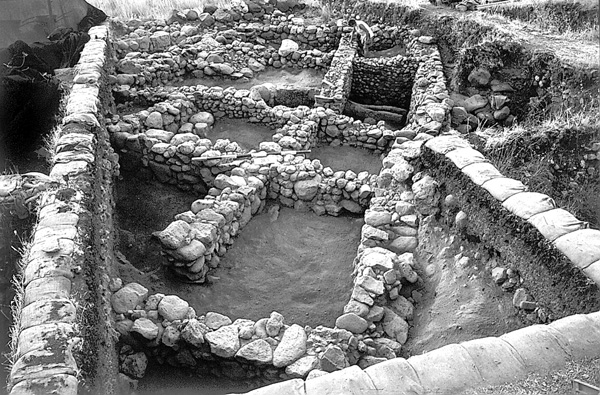
THE IRON AGE I. As a result of the latest excavations, the date of the city of strata V and IV has been moved from the tenth century BCE to the Iron Age I (eleventh century BCE). The stratum VI remains belong to the earliest Iron Age city. Thus, the stratification may be summarized as follows:
- Stratum VI: Founding phase of the city.
- Stratum V: Main phase of the city.
- Stratum IV: Scattered habitation within the former city.
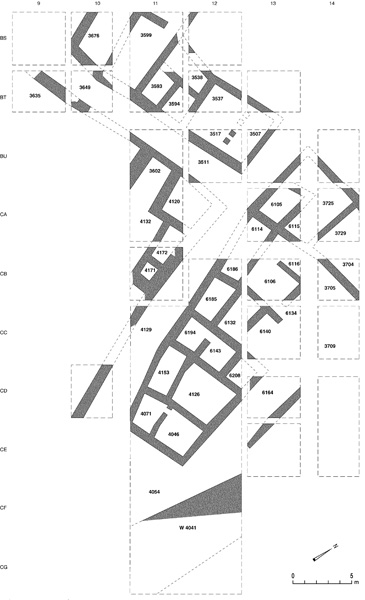
Stratum VI is poorly preserved, as the builders of stratum V removed most of its walls and all of its floors. Considerable amounts of in-situ pottery indicate that the stratum V city was suddenly destroyed. The most important discovery was the city wall at the foot of the mound, which is clearly dated to stratum V, but was most probably founded in stratum VI. The houses of the stratum V settlement were of the courtyard-house type. Because of the predominance of this Canaanite house form, it is unlikely that the city was inhabited by Israelites. The stratum VI city may have been founded by Arameans, rebuilt in stratum V, and finally destroyed at the end of the eleventh century BCE. This destruction may have been related to one of King David’s wars against the Arameans.
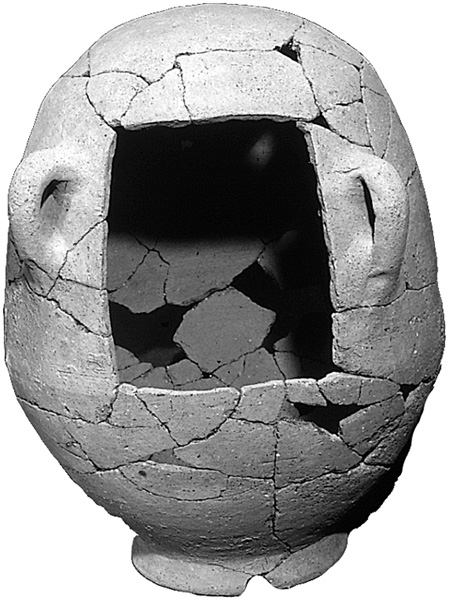
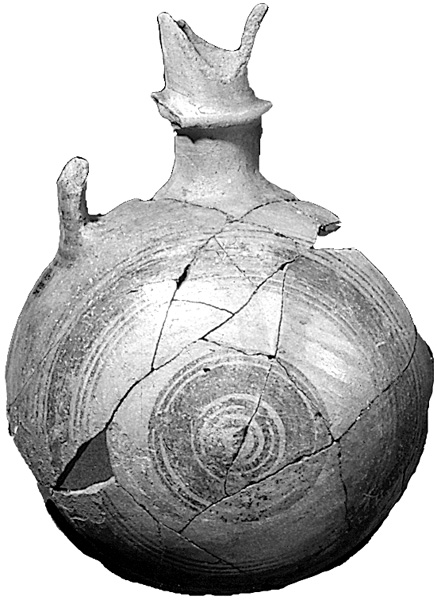
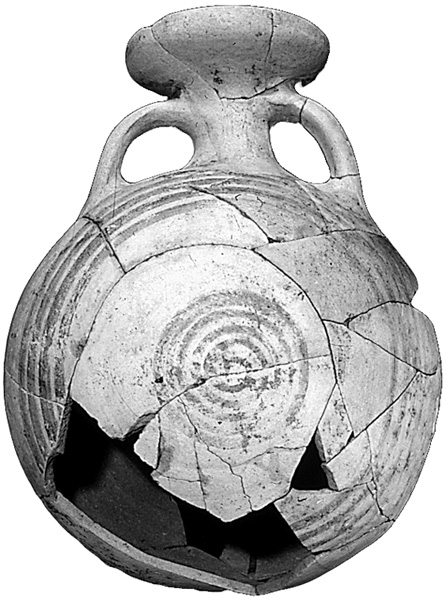
Of great importance was the discovery of an orthogonal network of streets, indicating careful city planning during the Iron Age I. The pottery of strata VI–IV exhibits considerable continuity. The pottery assemblage of stratum V is comparable with that of Tell Qasile strata XI/X, Tell Keisan stratum 9a/b, and Beth-Shean stratum upper VI; and is slightly earlier than the Megiddo stratum VIA pottery. It is possible that the city was destroyed by David and the scattered habitation of stratum IV existed up to the beginning of the tenth century BCE. Only after the elimination of the Aramean threat by King Jehoash (2 Kg. 13:10–13) was the city refounded (stratum II) at the beginning of the eighth century BCE. The stratum II city was in turn destroyed by Tiglath-pileser III. Following the final destruction of the small settlement of stratum I at around 700 BCE by another Assyrian campaign, not mentioned in the Bible, the site remained unoccupied. Scattered finds and building activity of later periods only indicate a sporadic human presence at the site. Thus, the site of Tel Chinnereth cannot be identified as Gennesaret, which should be sought elsewhere.
VOLKMAR FRITZ
RENEWED EXCAVATIONS
During 1994–1999, the second phase of excavations was conducted at Tel Chinnereth (Tell el-‘Oreimeh) on behalf of the German School of Archaeology in Jerusalem. Work concentrated on the slopes of the mound, revealing remains of the Early Bronze Age, Middle Bronze Age IIC/Late Bronze Age I, and Iron Age I. The work was directed by V. Fritz. The seminar of the Protestant church in Wuppertal and the Universities of Bern (Switzerland) and Helsinki (Finland) participated in the project from the fifth to the ninth seasons.
EXCAVATION RESULTS
THE EARLY BRONZE AGE I AND II. No architectural remains of the Early Bronze Age I were discovered, but pottery of that period appeared in many squares. At the foot of the mound, underneath the street dated to the Ottoman period, a house of the Early Bronze Age II (stratum IX) was uncovered in close proximity to a house excavated by S. Winn and J. Yakar in 1982. It remains unclear if that house also dates to stratum IX.
